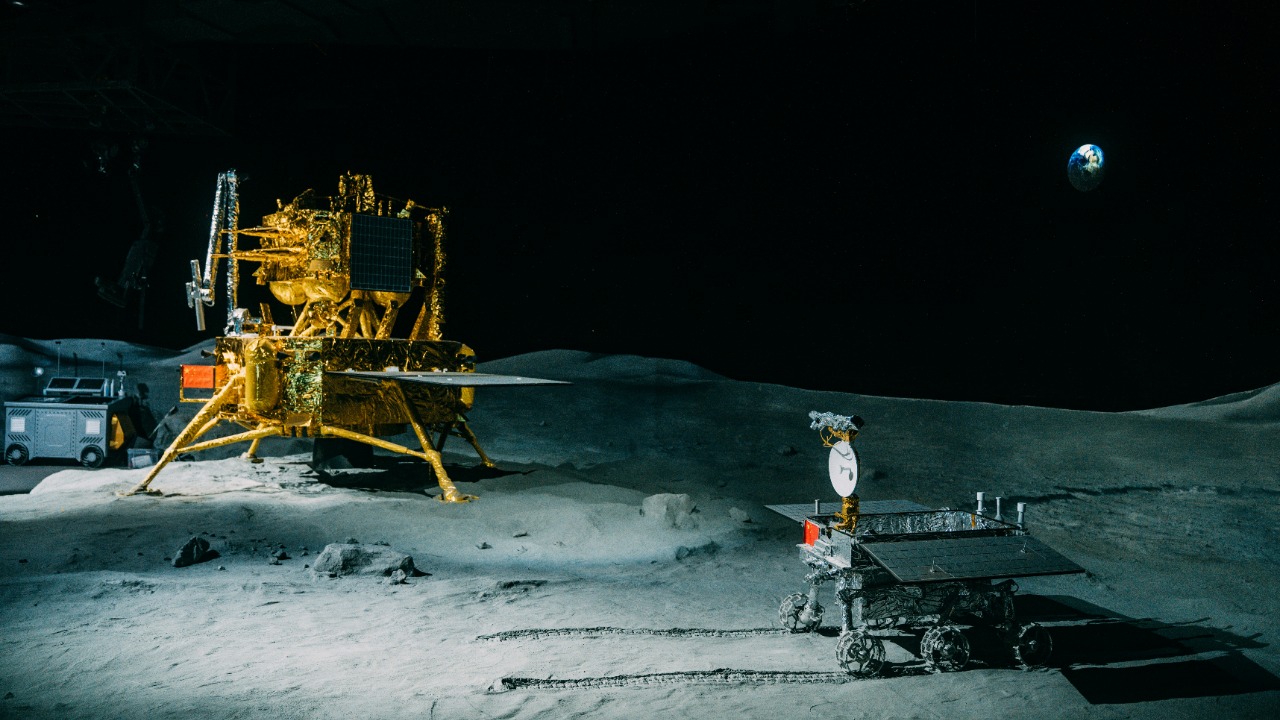
Impulse Space has recently unveiled an ambitious plan to deliver up to 6 tons of payload to the moon each year. This initiative is a significant stride in enhancing lunar payload capabilities and marks a new era in space logistics. The proposed mission architecture is designed to deliver more mass to the lunar surface, supporting expanded exploration efforts and positioning Impulse Space as a key player in missions beyond the moon.
Impulse Space’s Mission and Expertise
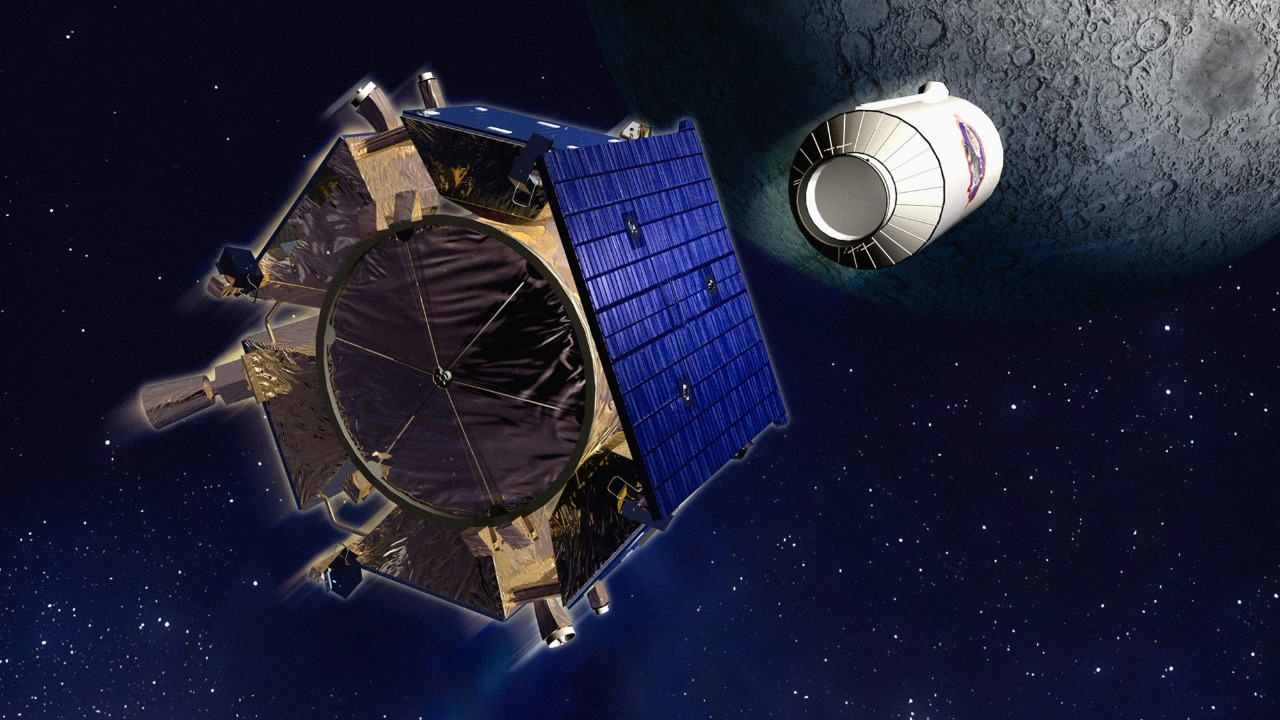
Impulse Space’s core focus lies in in-space transportation and logistics, forming the foundation for their lunar delivery ambitions. The company has developed a unique expertise in creating propulsion systems and executing orbital maneuvers that enable efficient payload transfer to the moon. This proficiency is a result of their extensive experience in satellite deployment and maneuvering, which has significantly informed their approach to lunar missions.
Impulse Space’s prior projects have played a crucial role in shaping their lunar delivery strategy. Their expertise in satellite deployment and maneuvering has been instrumental in designing the proposed mission architecture. This experience has provided them with valuable insights into the challenges and opportunities of lunar missions, equipping them to handle the complexities of delivering payloads to the moon.
Overview of the Proposed Delivery Plan
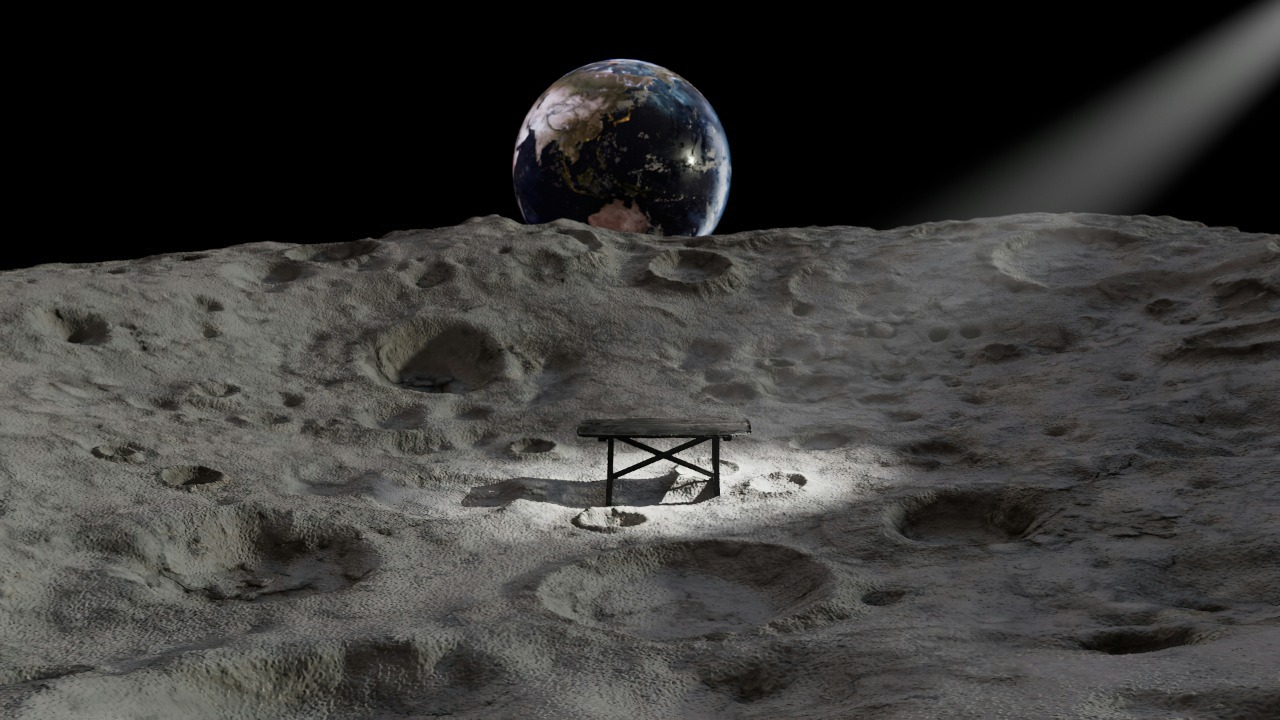
The company’s strategy for achieving up to 6 tons of annual delivery to the moon involves repeated missions. The high-level design of the plan integrates launch vehicles and in-space tugs, which are essential components for successful payload delivery. The plan also emphasizes scalability, ensuring that ongoing lunar operations can be supported without incurring excessive costs.
Impulse Space’s delivery plan is designed to be flexible and adaptable, allowing for adjustments based on mission requirements and technological advancements. The integration of launch vehicles and in-space tugs in the plan’s design is a testament to the company’s innovative approach to space logistics. This strategy not only enhances payload delivery capabilities but also contributes to the sustainability of lunar operations.
Mission Architecture Components
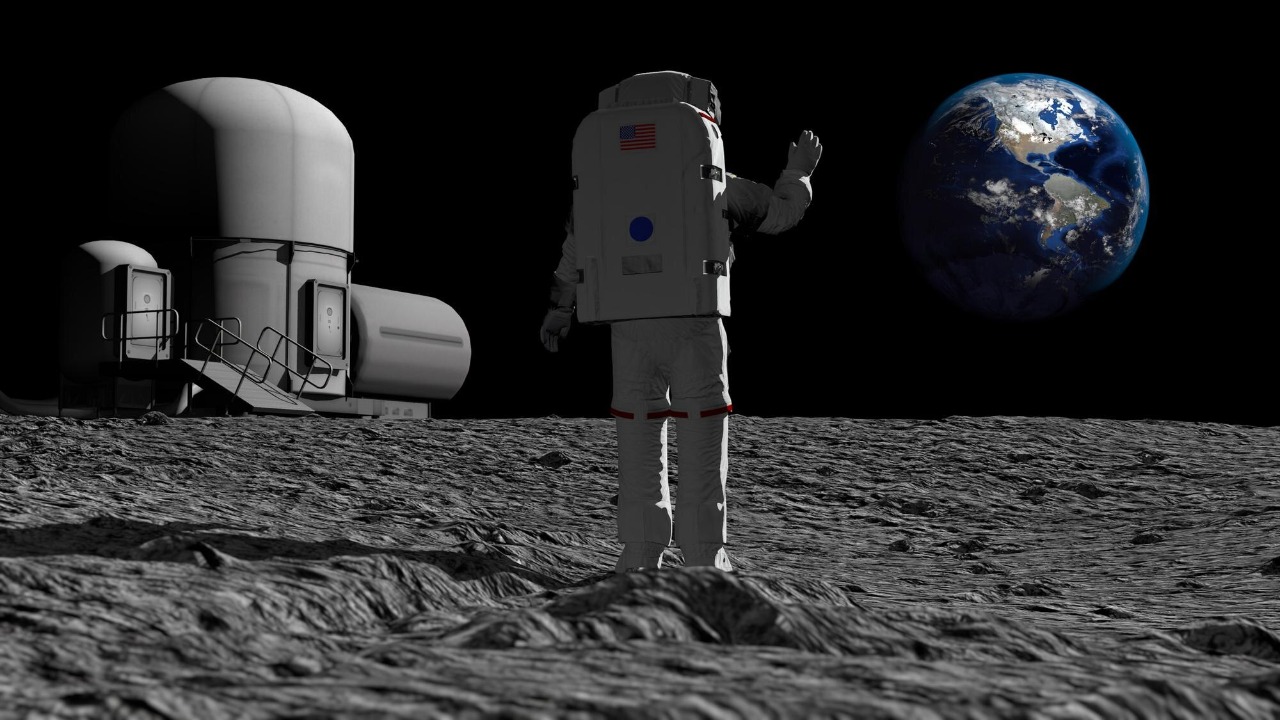
The proposed mission architecture comprises several key elements, including orbital refueling and descent stages for lunar landing. A significant component of the architecture is Impulse Space’s Mira vehicle, which is designed to capture and redirect payloads towards the moon. The architecture also leverages existing launch infrastructure to minimize development timelines, thereby accelerating the pace of lunar exploration.
The Mira vehicle plays a crucial role in the mission architecture. It is designed to capture payloads in orbit and redirect them towards the moon, thereby enhancing the efficiency of payload delivery. The use of existing launch infrastructure is another strategic move by Impulse Space, as it reduces development timelines and costs, making lunar missions more feasible and affordable.
Payload Capacity and Frequency
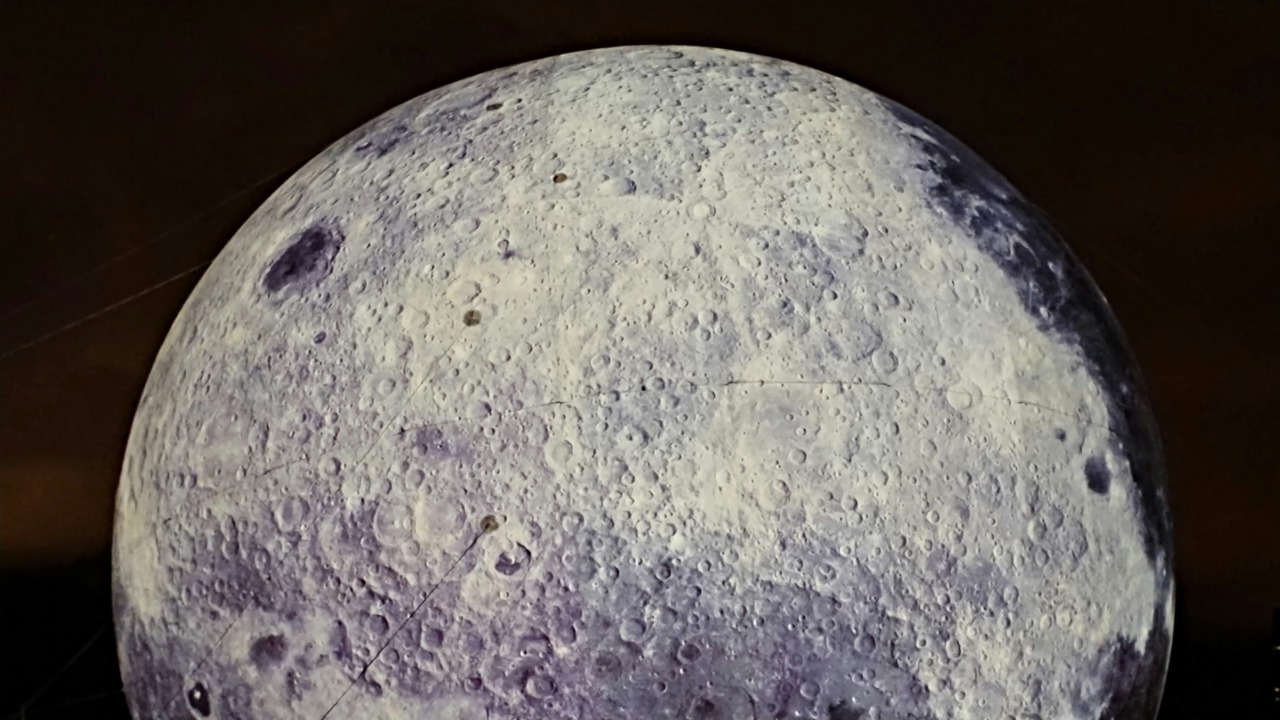
The company’s target of delivering up to 6 tons per year to the moon is ambitious yet achievable. The delivery frequency is influenced by factors such as launch windows and vehicle reusability. The capacity and frequency of deliveries represent a significant improvement over current lunar delivery methods in terms of efficiency and volume.
Impulse Space’s delivery plan is designed to maximize payload capacity and optimize delivery frequency. The company’s innovative approach to payload delivery, combined with its expertise in space logistics, positions it to achieve its ambitious target of delivering up to 6 tons of payload to the moon each year.
Applications for Lunar and Beyond-Moon Missions
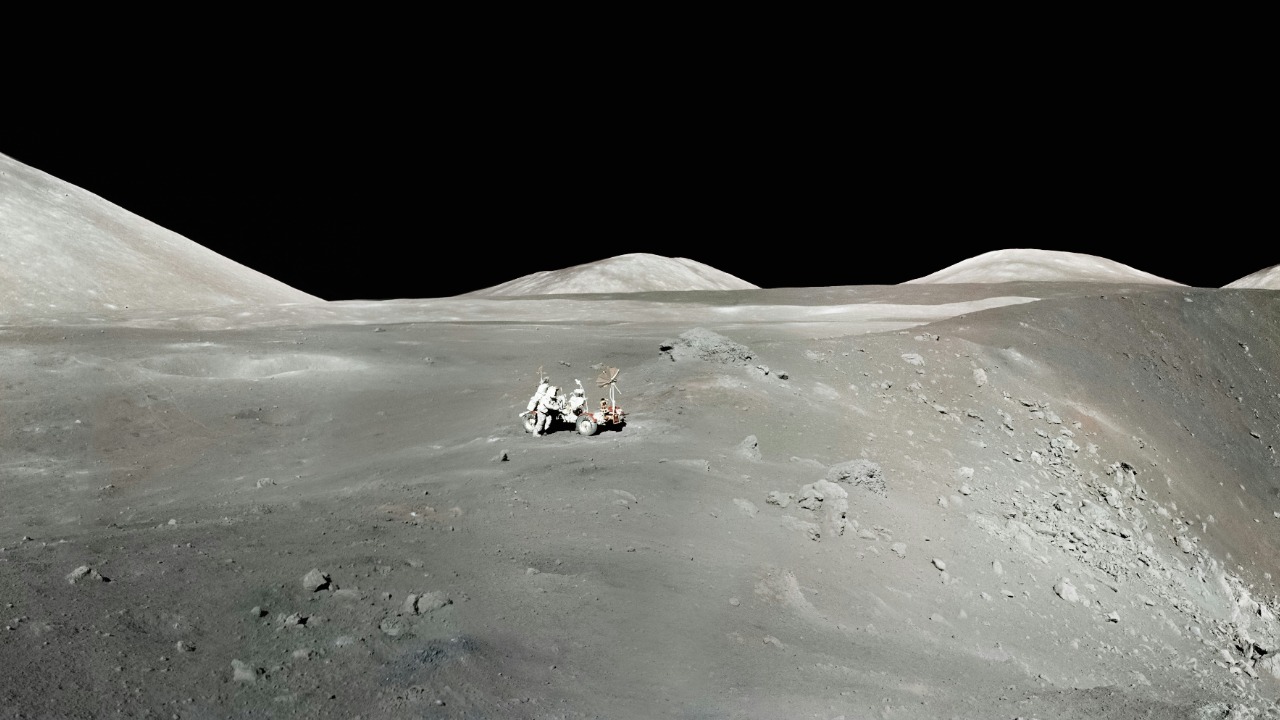
The delivery system has potential applications for lunar surface infrastructure, such as habitats and scientific instruments. Furthermore, the architecture could be extended to missions beyond the moon, including Mars or asteroid targets. This opens up opportunities for commercial and governmental payloads, enabling a sustainable lunar presence and fostering international space collaboration.
Impulse Space’s delivery system could revolutionize lunar surface infrastructure development. The system’s capacity to deliver large payloads to the moon could facilitate the establishment of habitats and the deployment of scientific instruments. Moreover, the potential extension of the architecture to missions beyond the moon could pave the way for exploration of Mars and asteroids, expanding the horizons of human space exploration.
Technical Challenges and Innovations
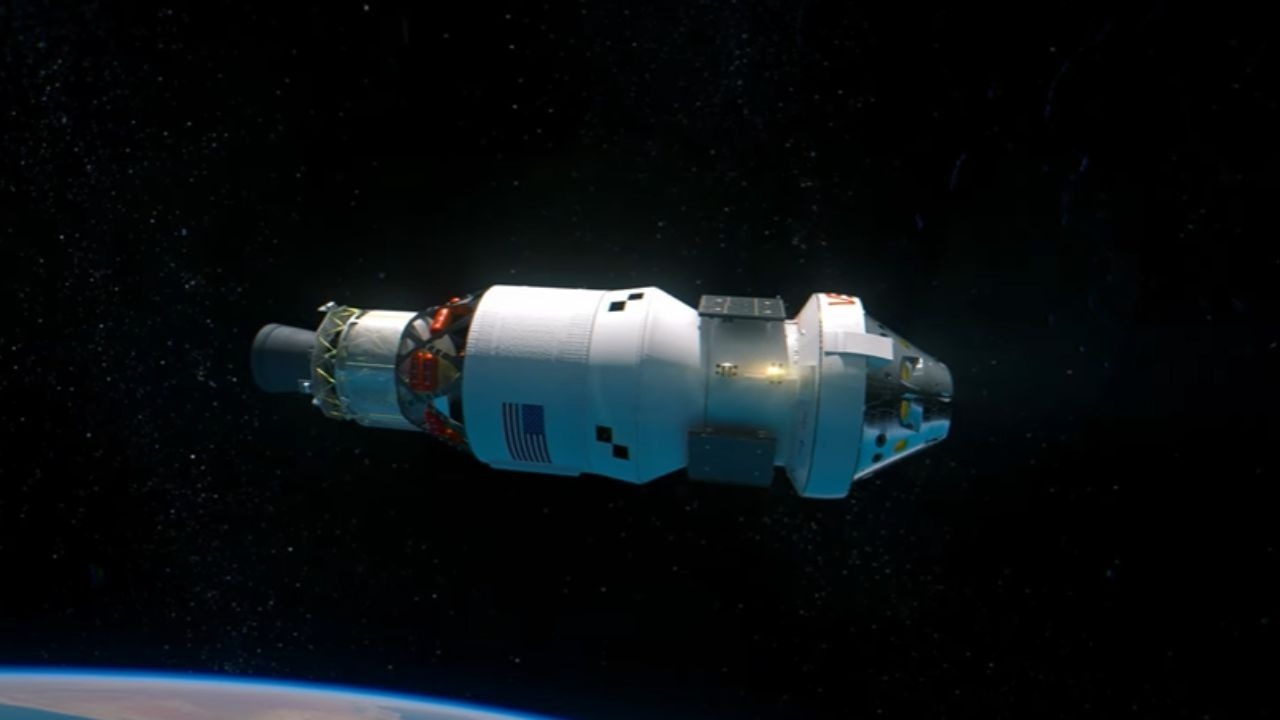
Delivering multi-ton payloads to the moon presents several technical challenges, including precise lunar insertion and landing. To overcome these challenges, Impulse Space plans to implement innovations in propulsion and autonomy for reliable operations. The company also recognizes the risks related to orbital debris and radiation in the cislunar environment and is developing strategies to mitigate these risks.
Impulse Space’s innovative approach to propulsion and autonomy is key to overcoming the technical challenges associated with lunar payload delivery. The company’s commitment to technological innovation and risk mitigation positions it to achieve its ambitious goal of delivering up to 6 tons of payload to the moon each year.
Strategic Implications for Space Industry
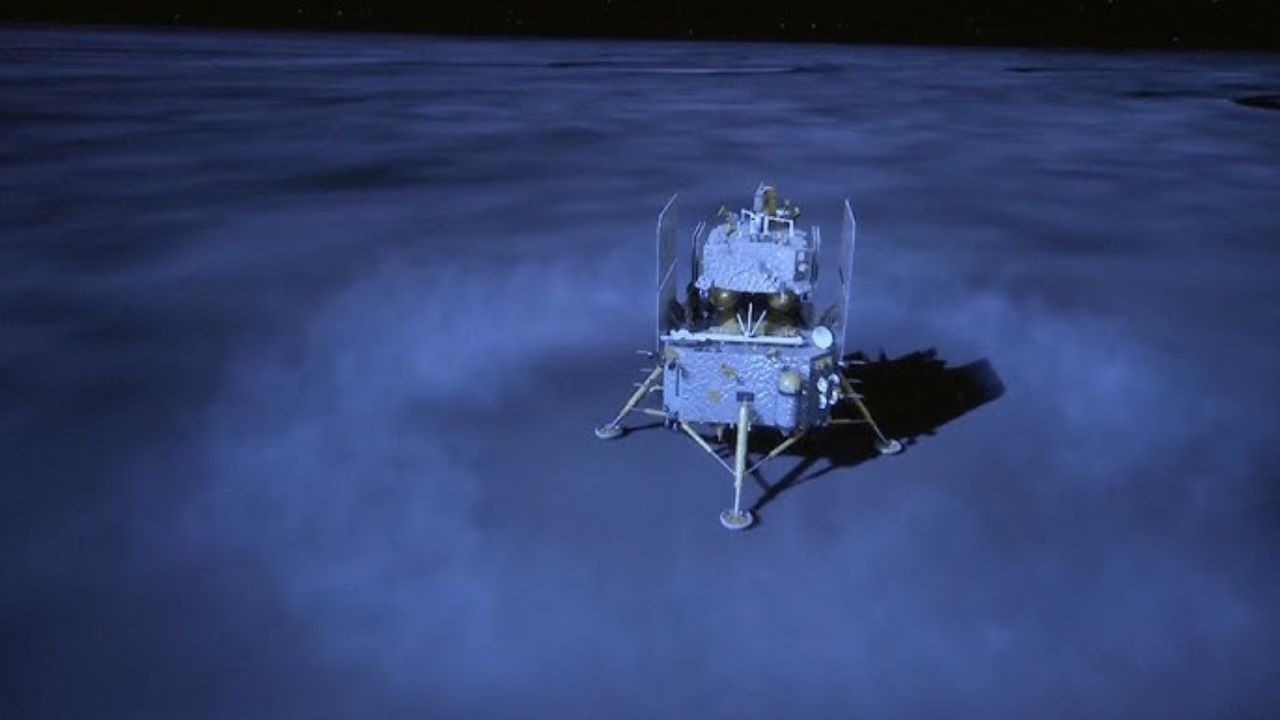
Impulse Space’s plan could lower barriers for lunar payload deployment across the industry. The company is considering partnerships with launch providers and NASA to realize the 6-ton annual goal. This initiative could have a broader impact on the growth of the cislunar economy and foster international space collaboration.
The strategic implications of Impulse Space’s plan extend beyond the company itself. By lowering barriers for lunar payload deployment, the plan could stimulate growth in the space industry and foster international collaboration in space exploration. The potential partnerships with launch providers and NASA could further accelerate the realization of the company’s ambitious goal.